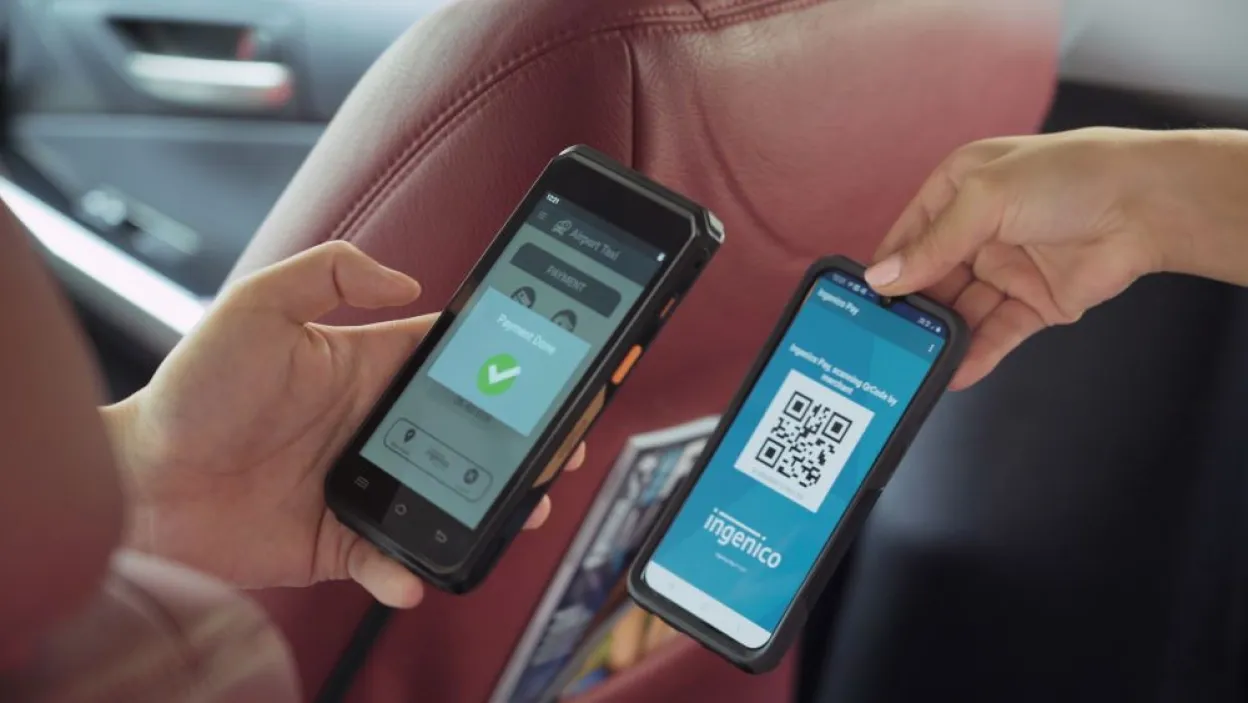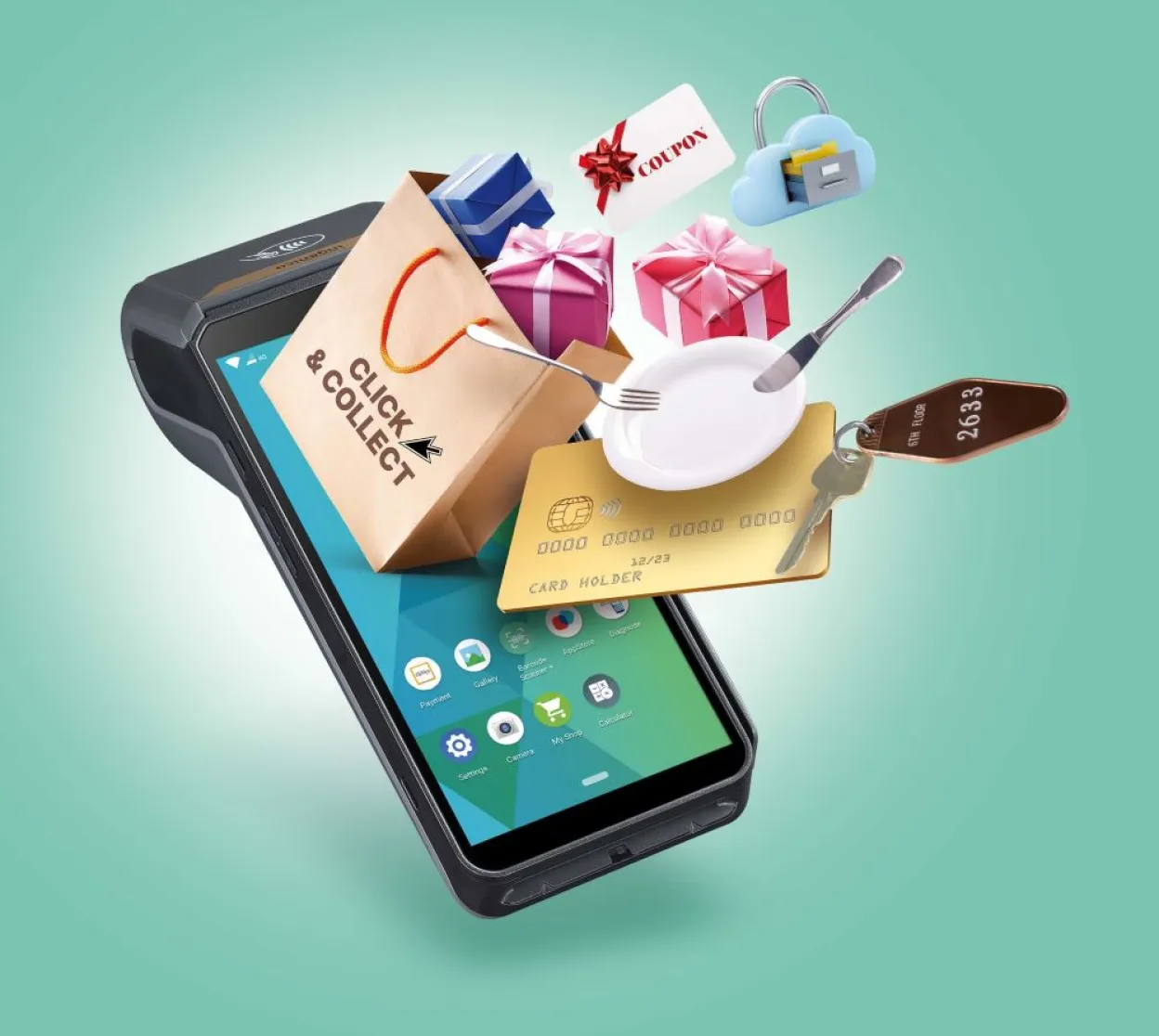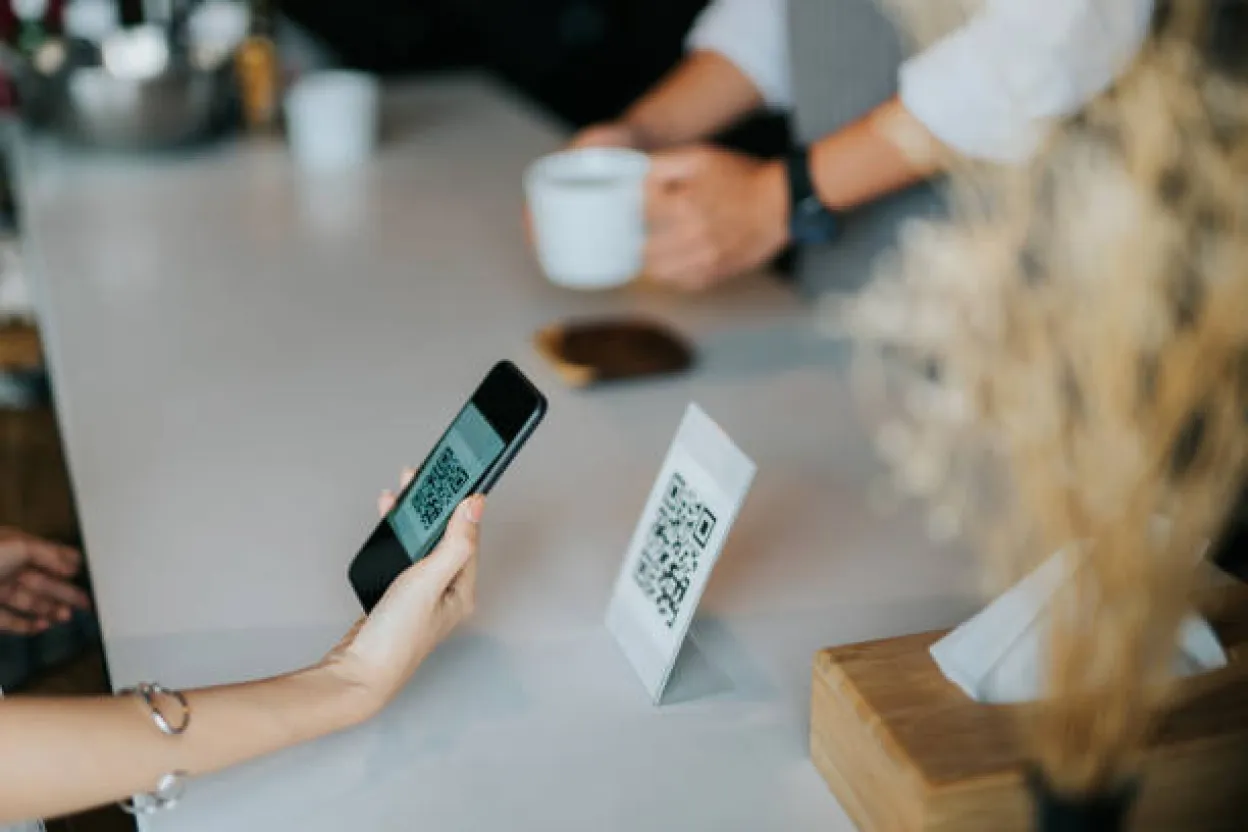In September, one of the great pioneers of computing, Sir Clive Sinclair, died. Despite the sniffy obituaries in many of the British papers about his less successful ventures, for many Brits of my age, he did something heroic; changing our lives by making us realise that computing is something open to everyone. Sinclair’s home computers took the digital world out of the academic and banking domain and put it in the hands of the masses. It’s hard to overstate the impact it had on the lives and careers of many of my generation.
But Sir Clive was deeply disappointed that his radical innovations in cheap home computing ended up being used mainly as a games machine rather than a playground for the mind. There again, if you have an IQ like his, then I suppose you must get used to being disappointed with the rest of us.
A couple of weeks earlier, we saw Linux’ 30th anniversary (many thanks to #Aisling Connolly for sharing the original announcement with me). It was modestly introduced by Linus Torvalds who said that it would “probably never support” anything other than the IBM PC/AT.
And when the mobile phone first appeared, no one predicted its uptake… or just how little time the device would actually be used as a “phone”.
QR codes were designed to help factories track raw goods through the supply line – not to enable millions of people to buy their groceries, enter cinemas and catch flights every week.
It seems that what drives usage then, is little about intent and a lot to do with utility. If a device has the right characteristics and enough users, then the wisdom of crowds will work out what to do with it - whatever the inventor thinks. Mobile phones are powerful computing devices deployed in astonishing numbers. Who cares whether they can make and receive phone calls?
I mention all this, because in my small corner of the technology industry: payment devices, we are experiencing the same shift right now. Yes, payment terminals are designed to handle card payments safely and securely and in the face of some pretty prolonged rough treatment. But at a time when the way we pay is getting more varied, that may not be their most important characteristic in the future.
Like mobile phones, a modern payment terminal is a powerful computer. Unlike a mobile phone, a payment terminal is also:
- The one ubiquitous computing device to be found in every retail shop, bar, restaurant, and coffee shop across the planet: if payment terminals were people, they’d be one of the 15 biggest nations on earth
- Reasonably robust
- Relatively low cost
- Designed to last for several years
- Usually includes a printer as well as a screen and online connection
The big catalyst here is Android. Until recently, in order to ensure security, most terminals were highly proprietary making it very difficult for mainstream developers to even consider them. Android changes everything, democratising access. Sure, that access has to be very carefully controlled and managed, but there is still plenty of scope for innovation now. According to OS Today (citing information from Evans Data), there are 5.9 million Android developers out there today. 5.9 million brilliant minds coming up with ingenious ways to make technology work for us. Even Sir Clive Sinclair would have struggled to compete with that.
And what brilliant minds they are. Here are some innovative use cases that our partners around the world have applied on our payment devices in recent months. It’s all a long way from taking card payments:

- In Australia, our payment terminals are being used to manage Covid testing. The devices have the power to track a patient, scan a code, print a label to make sure the right test results are tied to the correct people and connect back to the hospital. This could have been done with a mobile phone, a printer and a few other devices, but terminals are cheap, robust and easy to carry and operate. They are also easy to integrate.
-
In Kenya, our payment terminals are being used to enable village shopkeepers to provide real banking services to the local population. Equity Bank allow the shopkeeper to become an agent and equip them with a terminal with which they can manage deposits and cash payments bringing financial inclusion to the poorest and remotest workers.
-
Across 6 countries in Africa, Finca is using terminals to provide microfinance services to the previously unbanked, finally making secure saving a possibility for everyone.
-
And in Europe, many smart start-ups are starting to see that they can treat the millions of smaller merchants as a mega-sales channel for new services. From lottery and gaming to financial services and remittance, they are asking the question: why should I have five or ten branches when I could potentially have a million or more?

So, here’s a challenge:
There are almost 100 million point of sale terminals in the world, all sitting at the very place where trust is being created between seller and buyer. More and more they will be powerful, always on-line Android computing devices.
It’s a massive, massive opportunity. What can we invent together to make it work for all of us?











